Grounding_Series___Part_12_Tower_Grounding.pdf
Transcript:
[0m:4s] Hi I'm Josh Bloom, welcome to another video in the RSP Supply education series. If you find that these videos are helpful to you, it certainly helps us out if you could give us a big thumbs up and subscribe to our channel.
[0m:16s] In today's video we want to continue on in our series which we are learning about electrical grounding.
[0m:22s] In our last video, we were talking about some of the different methods that can be used for proper grounding in signal carrying cables and wires.
[0m:32s] If you have not already seen that video or some of the other videos in this series, we will link them in the description below.
[0m:39s] For the purpose of today's video, we want to move on to a different subject in regards to grounding. More specifically, we want to talk about some of the principles we should follow when grounding a communication or radio tower or any tall mast or tower that you may encounter. Some of the concepts that we will discuss in this video relate to some of the other topics that we have already discussed in some of our other videos in this series. So, hopefully you are starting to gain a better understanding of some of these core grounding principles,
[1m:15s] as many of these principles apply to many different areas of electrical grounding. Extra care should be taken when grounding any type of tower, mast, or monopole because of the danger that they can present, especially in regards to lightning strikes.
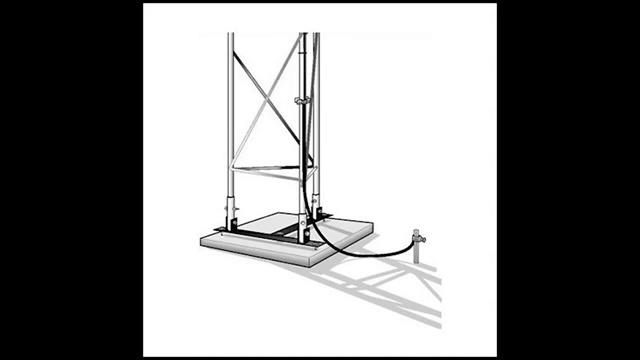
[1m:33s] It is important to ensure that when grounding any type of tower structure, the grounding electrode conductors be sized properly so that they can handle any potential load that the tower may encounter. If the tower is constructed of any type of metallic material it is required by the NEC that this tower be incorporated into the grounding electrode system and be bonded to any auxiliary or supplementary grounding infrastructure.
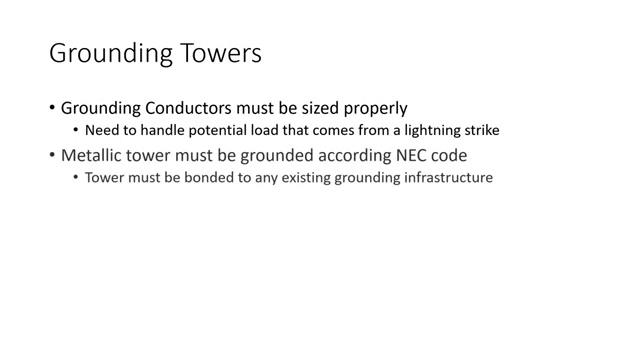
[2m:6s] This bonding would need to occur so that the tower’s grounding electrode conductors tie into the main site ground or directly into earth ground, depending on the situation. When installing the grounding conductors for any type of tower it is important to ensure that the conductor be run as straight as possible,
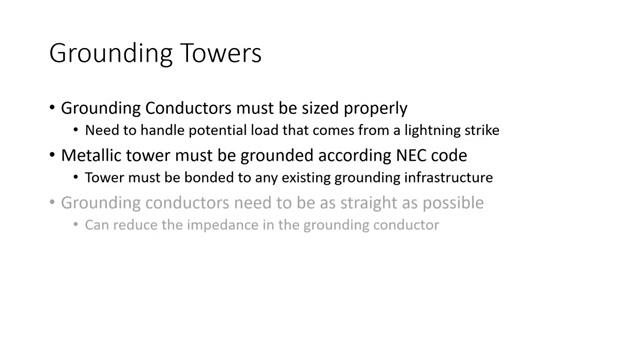
[2m:27s] avoiding any bending in the material.
[2m:30s] This can help reduce the amount of impedance in the conductor.
[2m:34s] If bending is necessary in the grounding electrode conductor, a minimum bend radius of at least eight inches should always be maintained.
[2m:44s] It is also recommended that any conductors that are used be multi-stranded, individually tinned copper conductors.
[2m:52s] Wherever possible these grounding conductors should be installed in one continuous length in order to reduce the overall impedance of that conductor.
[3m:2s] Splices should be avoided whenever possible. If joints or splicing are necessary, special welding techniques should be used in order to properly fuse the two different conductors together. It is always recommended that where the grounding electrode conductor meets the metallic tower structure,

[3m:23s] that the same special welding technique be used. This welding technique is referred to as exothermic welding.
[3m:31s] The best system to use for grounding a tower is to install a ground ring. As mentioned in some of our previous videos, a ground ring is a system of conductive grounding material that will encircle the tower.
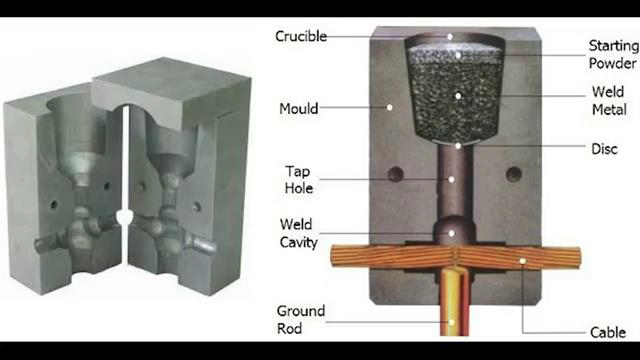
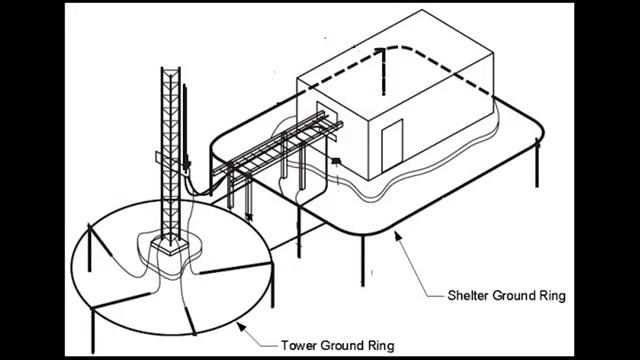
[3m:46s] It is important that the main grounding conductor be no smaller than two gauge bare copper wire and that this conductor is at least two and a half feet below the soil surface and have direct soil contact. Grounding rods and plates should also be used with the grounding ring and be bonded every 10 to 15 feet, depending on the situation.
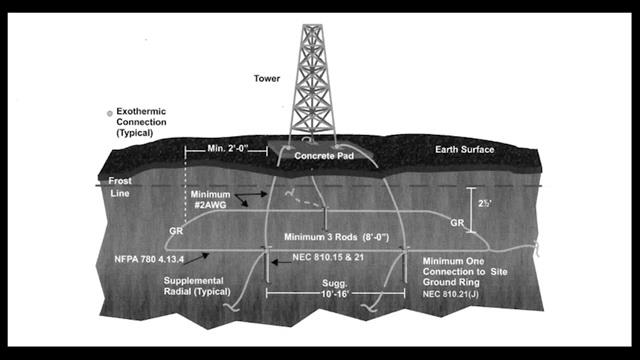
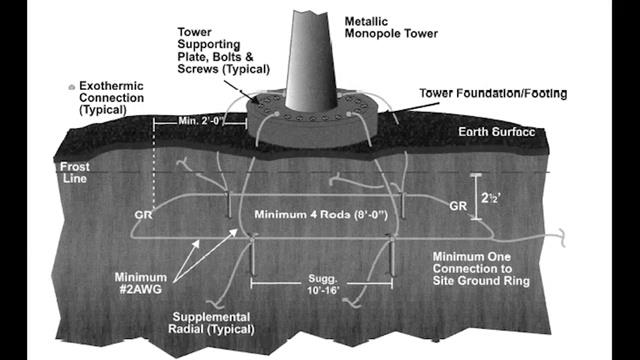
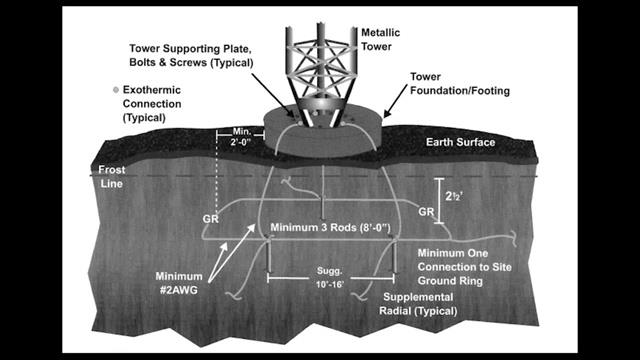
[4m:9s] A minimum of one grounding electrode conductor should be connected back to the tower itself.
[4m:16s] When proper guidelines are followed, grounding a tower should not be difficult, and you can be confident that it has been done correctly and will meet code.
[4m:27s] There are other types of grounding methods that can be used for different types of communication towers which we will cover in our next video. For a full line of industrial grounding equipment and thousands of other products, please go to our website. For more information or other educational videos, go to RSPSupply.com, the Internet's top source for industrial hardware. Also, don't forget: like and subscribe.




